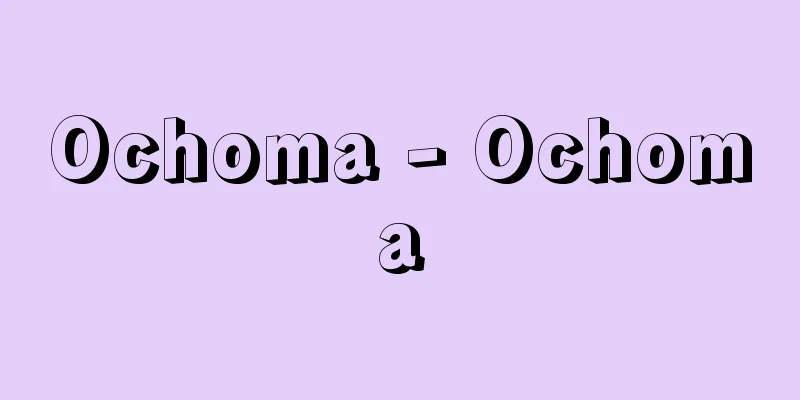Chihaya Castle

|
This mountain castle was located in Chihayaakasaka Village, Minamikawachi County, Osaka Prefecture. It is one of the castles built by Kusunoki Masashige at the end of the Kamakura period. It is a nationally designated historic site. It is one of the "100 Great Castles of Japan" selected by the Japan Castle Foundation. It was built in 1332 (Genko 2/Shokei 1) as a rear castle for the Kusunoki clan's Akasaka Castle ( in the same village) and was used as a base for offensive and defensive battles. In 1333 (Genko 3/Shokei 2), after Shimoakasaka Castle and Kamiakasaka Castle fell, about 1,000 castle soldiers used various ingenious tactics to confuse the large army of the Kamakura Shogunate that attacked Chihaya Castle, stalling the army and becoming a major driving force behind the Kenmu Restoration. From then on, Chihaya Castle was the main castle of the Kusunoki clan, but in 1392 (Meitoku 3/Genchu 9), during the reign of Masakatsu, the grandson of Masashige , it was attacked and fell to Shirai Danjo , a military commander of Hatakeyama Motokuni. Chihaya Castle is a mountain castle that skillfully utilizes the steep slopes of Mount Kongo, surrounded by cliff-like valleys on all sides, with only a narrow mountain path (Kankengo Mountain Trail) leading to the mountaintop behind the castle. Currently, the castle ruins are the grounds of Chihaya Shrine, and the remains of the main, second, third and fourth baileys remain. Take a bus from Kawachinagano Station on the Nankai Koya Line or Tondabayashi Station on the Kintetsu Nagano Line to the Kongo Trailhead. Source: Kodansha Encyclopedia of Japanese Castles Information |
|
大阪府南河内郡千早赤阪村にあった山城(やまじろ)。鎌倉時代末期に楠木正成(くすのきまさしげ)が築城した城の一つ。国指定史跡。日本城郭協会選定による「日本100名城」の一つ。1332年(元弘2/正慶1)、楠木氏の赤坂城(同村)の詰(つめ)の城として築かれ、攻防戦の拠点として用いられた。1333年(元弘3、正慶2)、下赤坂城・上赤坂城が落城し、千早城に攻めてきた鎌倉幕府の大軍に対して1000人ほどの城兵が種々の奇策を用いた戦法で翻弄し、大軍を足止めさせ、建武新政の大きな原動力となった。以後、千早城は楠木氏の本城であったが、1392年(明徳3/元中9)正成の孫正勝(まさかつ)のときに畠山基国(もとくに)の武将白井弾正(だんじょう)に攻められ、落城した。千早城は金剛山の急斜面を巧みに利用した山城で、四方を絶壁の谷に囲まれ、唯一城の背後のみ細い山道(現金剛山登山道)によって山頂へと通じている。現在、城跡は千早神社の境内となっていて、本丸跡・二の丸跡・三の丸跡・四の丸跡の遺構が残っている。南海高野線河内長野駅または近鉄長野線富田林駅からバスで金剛登山口下車。
出典 講談社日本の城がわかる事典について 情報 |
>>: Chihayaakasaka [village] - Chihayaakasaka
Recommend
Angolare - Angolare
…The oldest inhabitants, the descendants of Afric...
Gakuden (English spelling) xue-tian; hsüeh-tien
In China and Korea, fields were established as sch...
carburetor
Carburetor: A device in an internal combustion eng...
Minano [town] - Minano
A town in Chichibu County in western Saitama Prefe...
al-Amra (English spelling) alAmra
…Egyptian Predynastic culture (the period when bo...
Hata Sahachiro - Hata Sahachiro
Microbiologist. Born on March 23, 1873 in Tsumo V...
Smith Goes to City
An American film produced in 1939. Original title:...
Takakuraji
A local lord of Kumano who saved Emperor Jimmu fro...
Impeller - Impeller
...A rotating body consisting of multiple blades ...
Papaver alpinum (English name)
…[Masao Yamashita]. … *Some of the terminology th...
Genu varum (bowleg)
What is the disease? patella ( Pair of hands ) Th...
Eurobracon brevitorebrae (English spelling)
…[Setsuya Momoi]. . . *Some of the terminology ex...
War neurosis; battle fatigue
A neurosis that occurs in the military during wart...
Tire - Taiya (English spelling) tire
A general term for the part of the wheel of a tra...
Setaria pallide-fusca (English spelling) Setariapallidefusca
…[Tetsuo Koyama]. … *Some of the terminology that...

![Takayanagi [town] - Takayanagi](/upload/images/67cc1e63ae1d6.webp)







